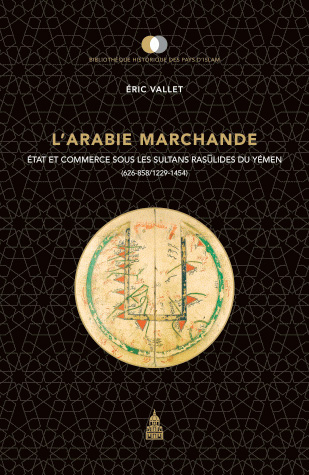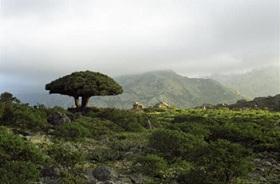
Last month I was invited by historian Eric Vallet to a conference on the Yemeni town of Yaiz in the Rasulid era. Eric has recently published an extraordinary study of the economic system of the Rasulid sultanate in the late 13th century and early 14th century, drawing on the growing corpus of court and tax documents, many of which have been edited by the Yemeni historian Muhammad Abd al-Rahim Jazm. Anyone with an interest in Rasulid Yemen will need to start with Eric’s masterful study. Details on the text, which is in French, are below:
Eric Vallet, L’Arabie marchande. Etat et commerce sous les sultans rasûlides du Yémen (626-858/1229-1454), Paris, Publications de la Sorbonne, 2010 (Bibliothèque historique des pays d’Islam, 1), ISBN 978-2-85944-637-6. Continue reading New book on Rasulid Yemen

